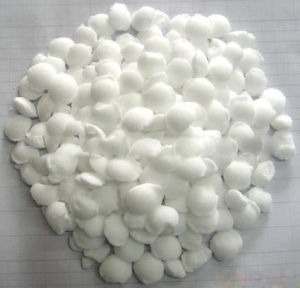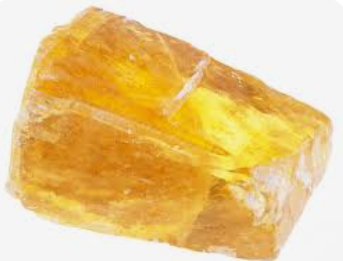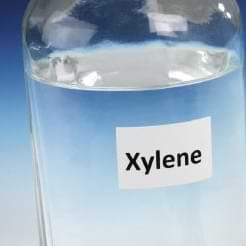Zinc Sulphide
|
IUPAC Name |
: Sulfanylidenezinc |
|
Cas Number |
: 1314-98-3 |
|
HS Code |
: 2830.90.10 |
|
Formula |
: ZnS |
Basic Info
|
Appearance Name |
: White to Slightly Yellowish Fine Powder |
|
Common Names |
: Zincblende, Sphalerite, Wurtzite |
|
Packaging |
: 25 Kg PP/PE Bags |






